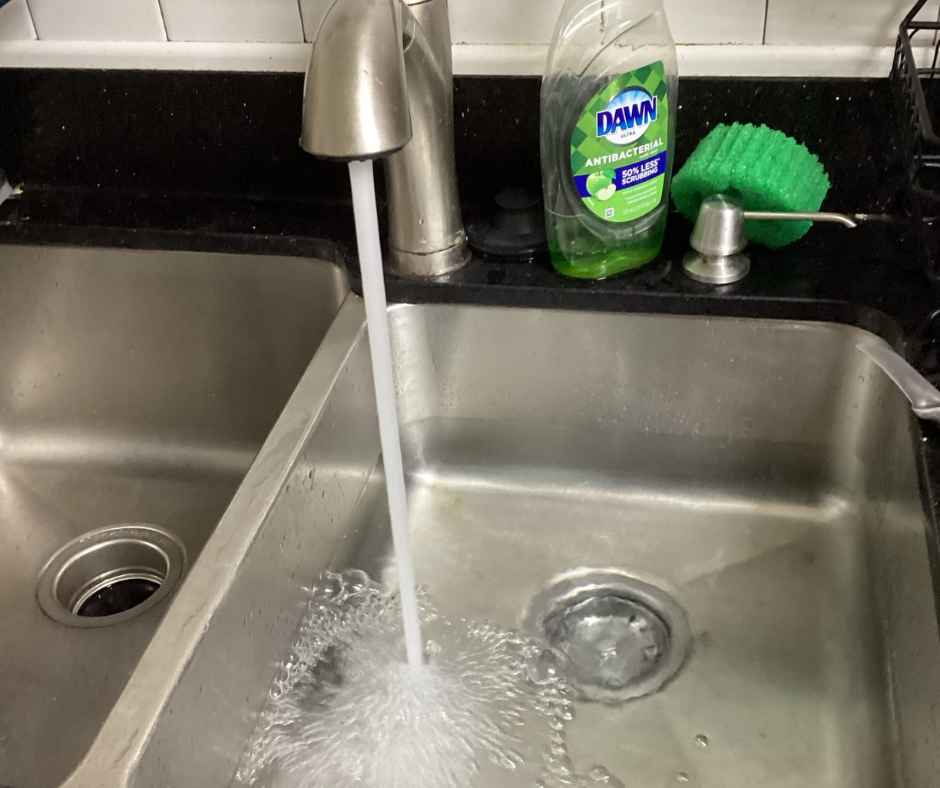the East Side & Beyond!
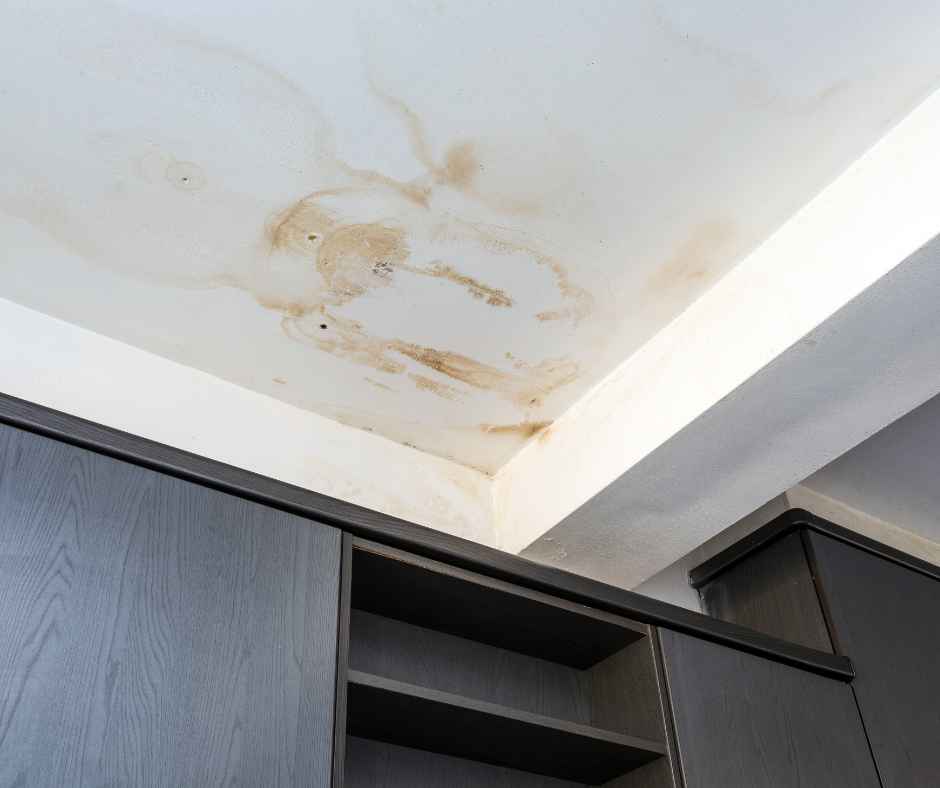
How Older Seattle Homes Hide Plumbing Nightmares
October 22, 2025
Seattle is known for its historic charm, and many of the city’s most desirable homes were built decades ago. From classic Craftsman bungalows to mid-century beauties, these properties offer timeless character and craftsmanship that newer builds often can’t match. But behind those charming walls and vintage details, many older Seattle homes conceal serious plumbing problems waiting to surface.
Aging pipes, outdated materials, and years of patchwork repairs can all create hidden risks that lead to leaks, water damage, and costly emergency calls. Because Seattle’s damp climate and shifting soil only make these problems worse, understanding what’s behind your walls is essential for homeowners and buyers alike.
In this blog, we’ll uncover the most common plumbing nightmares hidden in older Seattle homes, the warning signs to look for, and how professional inspections and modern solutions can protect your home for decades to come.
Why Older Seattle Homes Are at Higher Risk
Seattle’s housing market is filled with homes that predate modern plumbing codes. Many were built before the 1960s, using materials and methods that have long since been replaced by safer, more durable options. While these homes are rich in history, their plumbing systems often tell a different story, one of corrosion, wear, and decades of hidden damage.
Aging Materials and Outdated Installations
Older homes were commonly built with galvanized steel, cast iron, or even lead piping. Over time, these materials corrode, rust, and weaken, leading to reduced water flow and potential contamination. In many cases, homeowners have made small repairs over the years without realizing that the underlying system is deteriorating beneath the surface.
Seattle’s Unique Climate Challenges
Seattle’s wet climate and clay-rich soil create the perfect conditions for plumbing issues to worsen. Heavy rainfall and ground movement can shift pipes underground, while the city’s frequent temperature changes cause expansion and contraction that stresses older joints and seals.
Decades of DIY Fixes
Because older homes have often changed hands many times, it’s not unusual to find a mix of outdated parts and temporary fixes. Patchwork plumbing may hold up for a while, but these systems rarely meet current safety standards, and they can fail without warning.
Together, these factors make older Seattle homes particularly vulnerable to plumbing problems that remain hidden until serious damage occurs.
Common Hidden Plumbing Problems in Older Homes
Many older Seattle homes still rely on outdated plumbing materials that have quietly deteriorated for decades. These issues often remain hidden until a leak, clog, or major failure exposes them. Below are some of the most common plumbing problems found in older homes across Seattle.
- Galvanized Steel Pipes: These older pipes corrode from the inside, restricting water flow and releasing rust into your water supply.
- Cast Iron Drain Lines: Aging cast iron pipes can crack or rust through, leading to leaks, clogs, and unpleasant odors.
- Bellied or Sagging Pipes: Shifting soil and heavy rainfall cause sections of pipe to sag, trapping waste and slowing drainage.
- Tree Root Intrusion: Roots from mature trees often invade underground lines, causing blockages or complete pipe failure.
- Outdated Fixtures and Connections: Old valves, seals, and faucets can leak, waste water, and hide slow-developing damage.
- Improper Past Repairs: Quick fixes and mismatched materials from previous owners often fail over time, creating unstable plumbing systems.
These hidden issues are more than just minor inconveniences; they can cause extensive water damage and costly emergency repairs if ignored. A professional plumbing inspection can identify these risks early and help protect your home for years to come.
Warning Signs of Hidden Plumbing Nightmares
Plumbing problems in older Seattle homes often develop slowly, showing small signs before turning into major issues. Recognizing these early warnings can help you act before damage spreads or costly repairs are needed.
- Low Water Pressure: Gradual drops in water pressure can signal corrosion, mineral buildup, or small leaks inside old pipes.
- Persistent Clogs or Backups: Frequent drain blockages may point to damaged or sagging pipes, or tree roots invading the sewer line.
- Discolored or Rusty Water: Brown or yellow water often comes from corroded galvanized pipes that are breaking down internally.
- Mold or Mildew Odors: A musty smell can indicate a slow leak behind walls or under floors that is feeding hidden moisture.
- Water Stains or Soft Spots: Dark spots on ceilings, walls, or floors suggest leaking pipes or poor sealing around fixtures.
- Rising Water Bills: A sudden spike in your bill without increased use usually means water is escaping somewhere in the system.
If you notice one or more of these signs, it’s important to schedule a professional inspection as soon as possible. Ignoring early warnings allows damage to spread, often turning small leaks into large-scale plumbing failures.
How Professional Inspections Save You Money
In older Seattle homes, plumbing problems can be difficult to spot until they cause visible damage. A professional inspection helps uncover issues hidden behind walls, under floors, or deep in the ground before they turn into expensive emergencies.
What a Plumbing Inspection Includes
Professional plumbers use advanced tools to assess your system’s condition and performance. A thorough inspection often includes:
- Camera inspections to check the inside of sewer and drain lines for cracks, roots, and blockages.
- Water pressure testing to identify leaks, corrosion, or weak spots in old piping.
- Moisture detection around walls and flooring to find hidden leaks early.
- Fixture and valve checks to ensure everything operates safely and efficiently.
The Financial Benefits of Preventive Inspections
- Early detection prevents costly repairs. Identifying a small leak or weak pipe before it bursts saves thousands in potential water damage.
- Improved efficiency lowers utility bills. Fixing leaks and replacing outdated fixtures reduces wasted water and energy use.
- Planned upgrades cost less than emergencies. Replacing pipes or fixtures on your schedule is always cheaper than emergency service calls.
- Preserves home value. Updated plumbing increases buyer confidence and protects your investment long-term.
Scheduling regular plumbing inspections gives you peace of mind and helps you avoid unexpected breakdowns. For older Seattle homes, especially, preventive care is far more affordable than major restoration work after a leak or burst pipe.
Modern Solutions for Aging Plumbing
Old plumbing systems can often be updated without completely tearing apart your home. Advances in plumbing materials and technology make it easier and more affordable to replace failing pipes and restore reliability to older Seattle homes.
Pipe Replacement and Repiping Options
- PEX Piping: Flexible, durable, and resistant to corrosion, PEX is a popular choice for replacing old galvanized or copper pipes. It’s easier to install and ideal for homes with tight crawl spaces or multiple levels.
- Copper Piping: Still one of the most reliable materials, copper is long-lasting and naturally resistant to bacteria. It’s a great option for homeowners who prefer traditional, proven durability.
- PVC and ABS Drain Lines: Modern plastic drain lines resist corrosion and are lightweight, making them ideal for replacing aging cast iron sewer lines.
Trenchless Sewer Repair
For underground pipe damage, trenchless technology allows plumbers to repair or replace pipes without major digging. Techniques like pipe bursting and cured-in-place pipe (CIPP) lining restore function and strength with minimal disruption to landscaping or driveways.
Upgrading Fixtures and Valves
Replacing old fixtures, shut-off valves, and water heaters improves both safety and efficiency. Modern fixtures reduce water waste, while new valves prevent leaks and make future maintenance easier.
Upgrading your plumbing system with today’s materials and technology helps extend the life of your home’s infrastructure. Professional plumbers can recommend the best combination of solutions to match your home’s age, layout, and budget.
The Seattle Factor: Weather, Soil, and Age
Seattle’s unique environment adds extra challenges to already aging plumbing systems. The combination of constant rain, shifting soil, and older infrastructure means that even small plumbing issues can escalate faster than in drier climates.
Heavy Rain and Moisture Exposure
Seattle’s frequent rainfall saturates the ground, putting constant pressure on buried pipes. Over time, this moisture can cause corrosion in metal lines and promote root growth from nearby trees searching for water. Even minor leaks underground can worsen quickly in these conditions.
Soil Movement and Pipe Shifting
The city’s clay-heavy soil expands and contracts with changes in moisture. This movement can shift pipes, loosen joints, and create low spots that trap debris. In older homes where pipes are already weakened by corrosion, ground movement increases the risk of cracks and leaks.
Age and Local Infrastructure
Many Seattle neighborhoods still have plumbing systems that connect to aging municipal lines. When combined with decades-old residential plumbing, this increases the potential for backups and flow restrictions. Regular inspections and updates are essential to keep your system aligned with current plumbing standards.
Understanding these regional factors helps homeowners appreciate why preventive maintenance and professional inspections are so important. Local plumbing experts familiar with Seattle’s terrain and climate can spot vulnerabilities quickly and recommend solutions designed for long-term reliability.
Don’t Let Hidden Plumbing Problems Drain Your Budget
Older Seattle homes hold incredible charm, but their plumbing systems often tell a different story. Corroded pipes, tree root intrusion, and years of patchwork repairs can create costly surprises when left unchecked. Recognizing the warning signs and scheduling regular inspections is the best way to protect your investment and avoid unexpected water damage.
Professional plumbers who understand Seattle’s weather, soil, and aging infrastructure can identify problems early and recommend lasting solutions. Modern repair methods, like trenchless sewer replacement and whole-home repiping, make it easier than ever to restore reliability without disrupting your home’s character.
If you suspect your older home may be hiding plumbing issues, don’t wait until a leak or backup catches you off guard. Contact The Plumbing Joint today to schedule a professional plumbing inspection and keep your home’s pipes running clean, safe, and strong for years to come.
Frequently Asked Questions About Plumbing in Older Seattle Homes
How old is too old for plumbing in a Seattle home?
Most plumbing systems last between 40 and 70 years, depending on the materials used. Homes built before the 1960s likely have galvanized steel or cast iron pipes, which are prone to corrosion and should be inspected or replaced.
What are the first signs that my old plumbing might be failing?
Look for low water pressure, rust-colored water, frequent clogs, or musty smells. These are early indicators that pipes are deteriorating or leaking behind walls or under floors.
Can trenchless sewer repair really fix old pipes without digging up my yard?
Yes. Trenchless repair technology allows plumbers to replace or reinforce underground sewer lines through small access points. It’s faster, cleaner, and less expensive than traditional excavation.
How does Seattle’s weather make plumbing issues worse?
Constant rain and clay-heavy soil cause frequent ground shifting and pipe movement. This pressure can crack or misalign older pipes, especially those made from corroded metal materials.
How often should I have my plumbing inspected in an older home?
Older homes should have a professional plumbing inspection every one to two years. Regular inspections help catch leaks, corrosion, and clogs before they turn into major repairs.
Recent News

Emergency Plumbing in Rainy Season: What Seattle Homeowners Need to Know
November 12, 2025
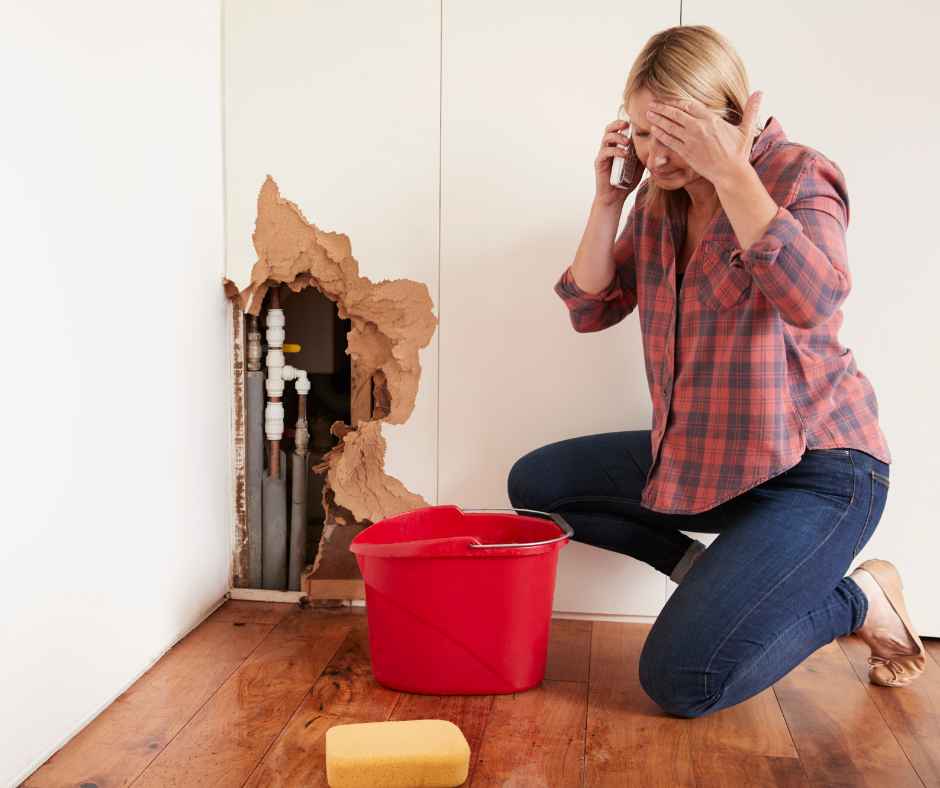
How to Prevent Burst Pipes in Older Renton Homes Without Full Repiping
September 15, 2025
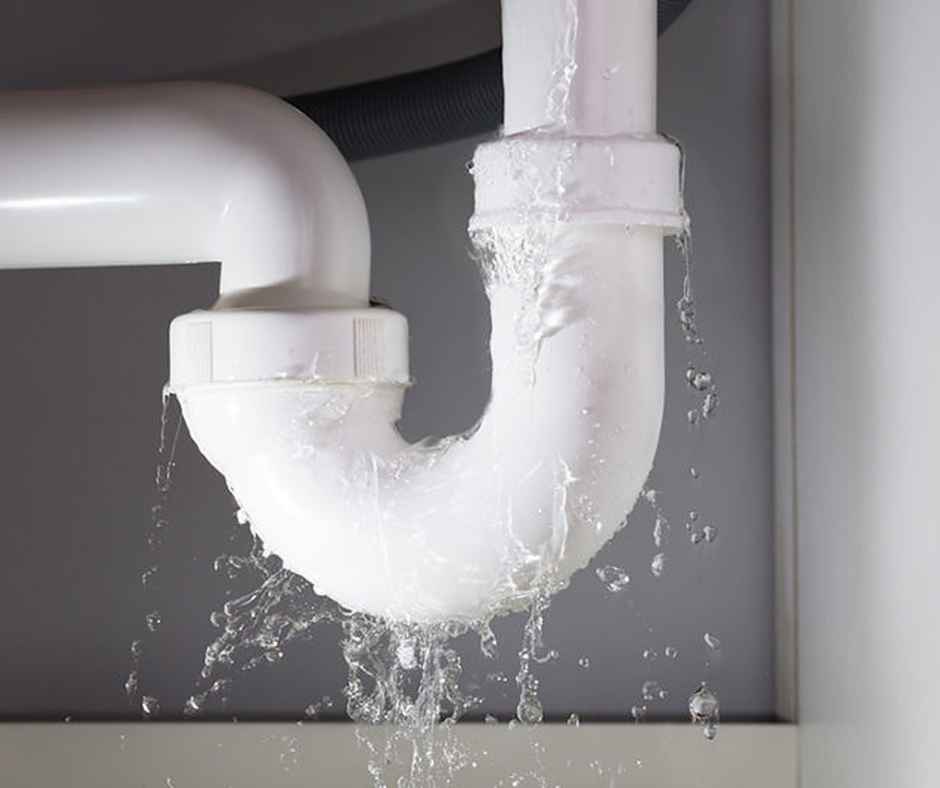
Emergency Plumbing Checklist: What to Do Before the Plumber Arrives
August 13, 2025
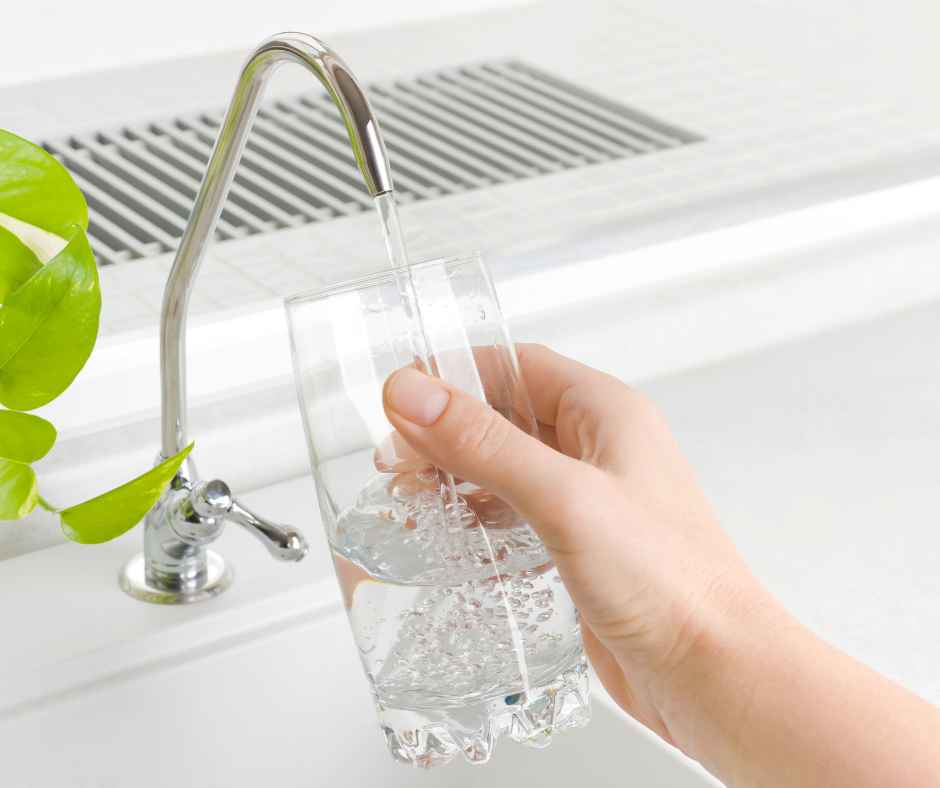
How to Pick the Right Water Filtration System for Renton’s Water Quality
July 17, 2025
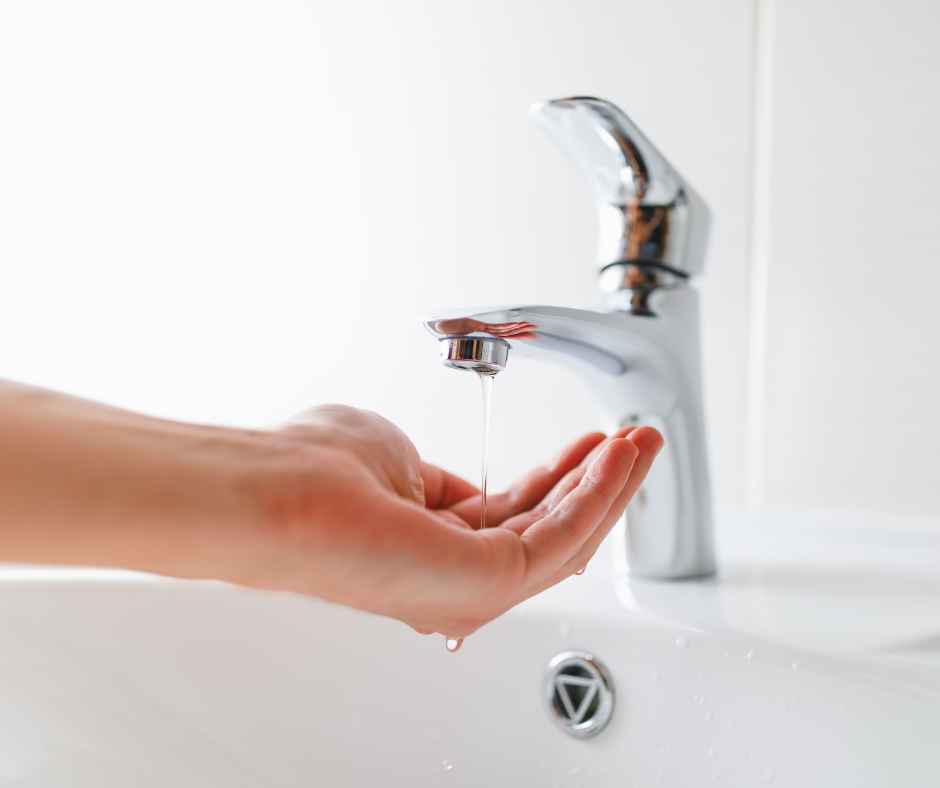
Why Is My Water Pressure Low?
June 16, 2025
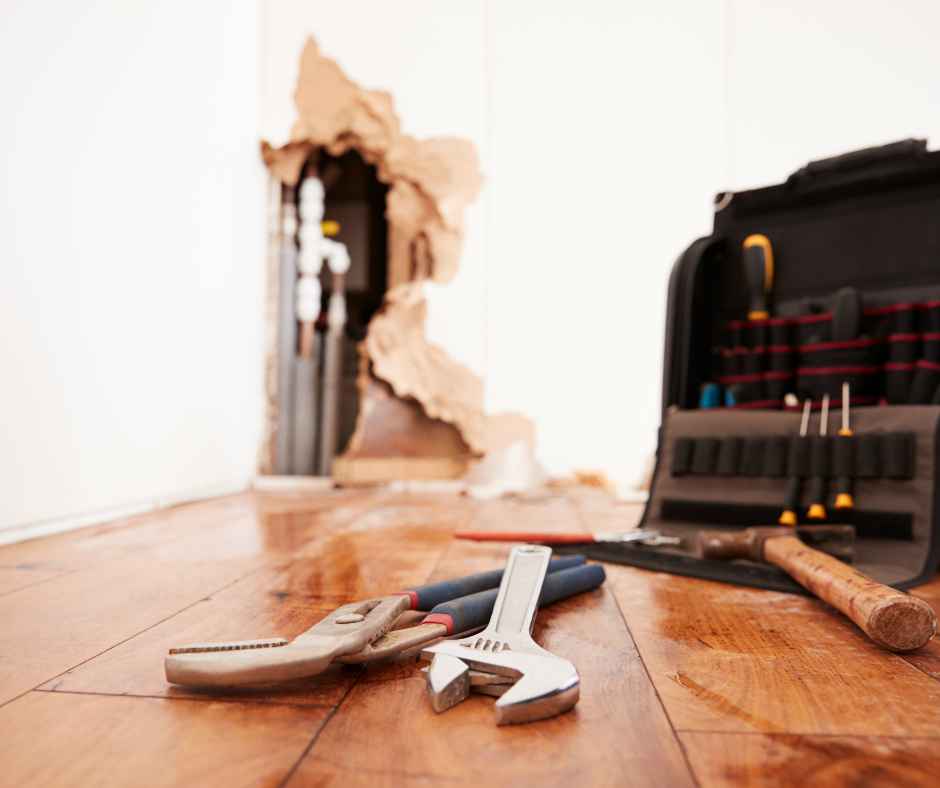
What To Do If You Have a Hidden Leak In Your Home
May 14, 2025
